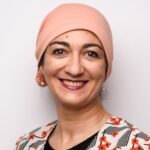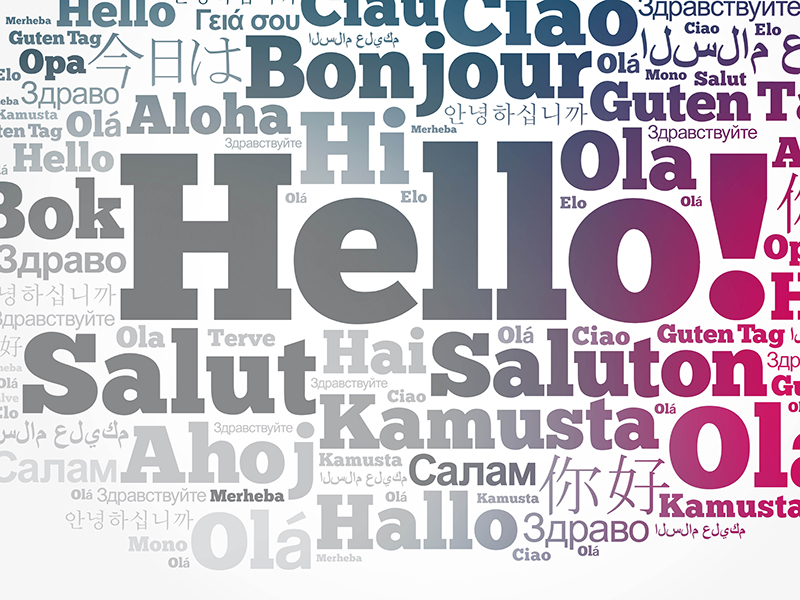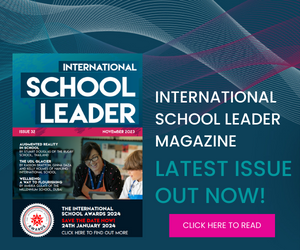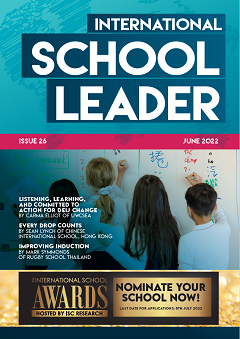By Jacob Huckle, Susan Stewart and Fatima Aissani-Miller
What is a head of multilingualism and why should your school have one?
More and more international schools are engaging deeply and thoughtfully with the linguistic diversity of their communities. In different contexts, schools are coming to understand that monolingual or ‘English only’ approaches are ineffective, discriminatory, and oppressive. Change is slowly happening as classroom by classroom and school by school, teachers and school leaders begin shifting their beliefs and practices towards approaching multilingualism as reality, a right and a resource.
With this deepening engagement with multilingualism comes the need for intentional leadership that brings insights from linguistic research to the multilingual realities of our schools, combined with a commitment to diversity, equity, inclusion and justice (DEIJ).
This article puts forward the case for a formal leadership role focused on multilingualism. We share case studies of three international schools in different contexts that have a head of multilingualism, exploring the rationale for the role and what it involves.
Case Study 1
Head of multilingualism at the International School of London (UK) – by Susan Stewart
The International School of London (UK), where I worked from 2011–2022, has a long-established home languages programme, where all students have the opportunity to develop literacy in one of the 22 home languages currently offered as part of the curriculum from age three to the end of the IB Diploma Programme.
The role of head of multilingualism grew out of a close collaboration in 2012 between myself as home languages coordinator and the head of EAL. With a shared office space, we soon realised that we needed to take a more global approach to talking about students’ language portraits/repertoires, so that decisions about student language choices were not being made in isolation. We met all new families at the admissions stage, we ran staff professional development and we wrote articles for the school newsletter together.
When the head of EAL left two years later, the school asked me to take on both roles, and I became head of multilingualism, which enabled us to leverage students’ current/past language repertoires and to collaboratively plan for their futures, involving parents, students and the school in the process. Today, the main focus of the head of multilingualism is as the gatekeeper of the language policy and multilingual ethos, the building of student language choices and pathways in collaboration with families and ensuring curriculum cohesion between the different language departments (home languages, English, EAL, language acquisition).
Case Study 2
Head of multilingualism at Raha International School KCC (United Arab Emirates) – by Fatima Aissani-Miller
The United Arab Emirates is a multicultural country by nature, as foreign workers form most of the population, with more than 85% expatriates. English has emerged as a shared language that brings everyone together. While fostering unity, this presents a challenge for families who strive to maintain their linguistic and cultural heritage.
Raha International School KKC’s campus was founded four years ago. With over 50 languages spoken in the community, the school’s management team opted to create a new role that embraces and nurtures all languages and cultures. I was appointed in 2022 as head of multilingualism and member of the senior leadership team.
During my first year, the emphasis was naturally on nurturing the importance of Arabic as the mother tongue of the host country. This directed my attention towards curriculum development, blending the local Ministry of Education requirements with IB teaching, learning and assessments strategies.
Now in my second year, I work closely with the school community to nurture the linguistic identity of all students. I organise workshops for parents, develop intercultural awareness among the staff and parent community, and empower students to showcase and advocate for their native languages through celebrations of Mother Tongue Day, during assemblies, class visits, newsletters and after-school clubs. Whole school events and full support from senior management are key elements in the success of the role.
Case Study 3
Head of multilingual learning at Dulwich College Suzhou (China) – by Jacob Huckle
In recent years, Dulwich College Suzhou (DCSZ) has been undergoing a shift towards approaches that see multilingualism as an asset to be leveraged and towards what Rojas calls an ‘ecological model’ rather than a ‘medical model’. This ecological model demands a ‘shift in EAL specialists’ roles and responsibilities from past experiences of ‘fixers’ of learners to leaders for developing a schoolwide advocacy ecosystem’, as Rojas explains.
This required reconceptualising the role of head of EAL as head of multilingual learning, with the responsibilities centred around fostering an inclusive school ethos in which all languages are valued and used as resources for learning, for example through translanguaging pedagogies (the intentional use of all students’ languages as part of the learning process).
As head of multilingual learning, I have led the creation of a new language policy outlining our more inclusive approaches, coordinated our certification as a Language Friendly School, collaborated with other language teachers to articulate our vision and language pathways, and worked with the community to identify and address issues of inequity and marginalisation as part of broader DEIJ work.
At DCSZ, the role of head of multilingual learning involves a large amount of advocacy, thought leadership, collaboration and strategic planning as we shift policies, practices, and personal beliefs to authentically embrace multilingualism.
With this deepening engagement with multilingualism comes the need for intentional leadership that brings insights from linguistic research to the multilingual realities of our schools, combined with a commitment to diversity, equity, inclusion and justice.
What is your school doing to ensure that it:
- embraces the multilingual reality of your community?
- takes seriously all students’ right to use and develop all languages that are important to their identities?
- designs pedagogy, curriculum and assessment to draw upon all languages as resources for learning?
Each school has a unique context and linguistic landscape, so the role of head of multilingualism varies, but each shares a commitment to intentional and strategic action towards embracing multilingualism as a right and resource and the transformation of our schools into inclusive and equitable multilingual communities.
Advice for schools establishing a head of multilingualism:
- Create clear reporting and collaboration lines with other language and curriculum leaders and teachers.
- Identify someone with a relevant knowledge and experience base in multilingual education, ideally at master’s level.
- Ensure time and resources are allocated to the role, including for professional development and parent interactions.
- Develop a relevant and shared vision for the role that is rooted in your specific school and linguistic/cultural context.
- Build networks and learn from others, including groups like ECIS Multilingual Learning in International Education, NALDIC International Schools SIG and Language Friendly Schools.



Jacob Huckle is Head of Multilingual Learning at Dulwich College Suzhou. Connect with Jacob directly on LinkedIn. Susan Stewart is currently Director at Articulate Multilingual, and was previously Head of Multilingualism at the International School of London (UK). Connect with Susan directly on LinkedIn. Fatima Aissani-Miller is Head of Multilingualism at Raha International School KCC. Connect with Fatima directly on LinkedIn.






